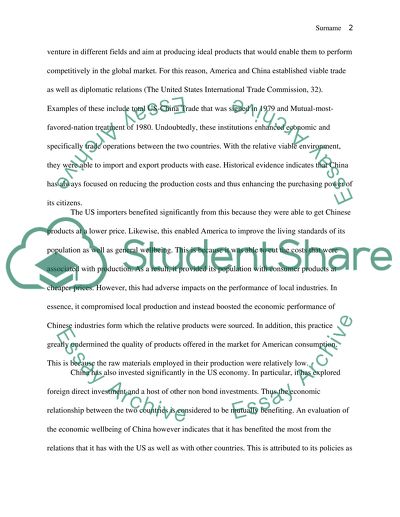Cite this document
(“The property rights of China and America economics Research Paper”, n.d.)
Retrieved from https://studentshare.org/macro-microeconomics/1397182-the-property-rights-of-china-and-america-economics
Retrieved from https://studentshare.org/macro-microeconomics/1397182-the-property-rights-of-china-and-america-economics
(The Property Rights of China and America Economics Research Paper)
https://studentshare.org/macro-microeconomics/1397182-the-property-rights-of-china-and-america-economics.
https://studentshare.org/macro-microeconomics/1397182-the-property-rights-of-china-and-america-economics.
“The Property Rights of China and America Economics Research Paper”, n.d. https://studentshare.org/macro-microeconomics/1397182-the-property-rights-of-china-and-america-economics.


